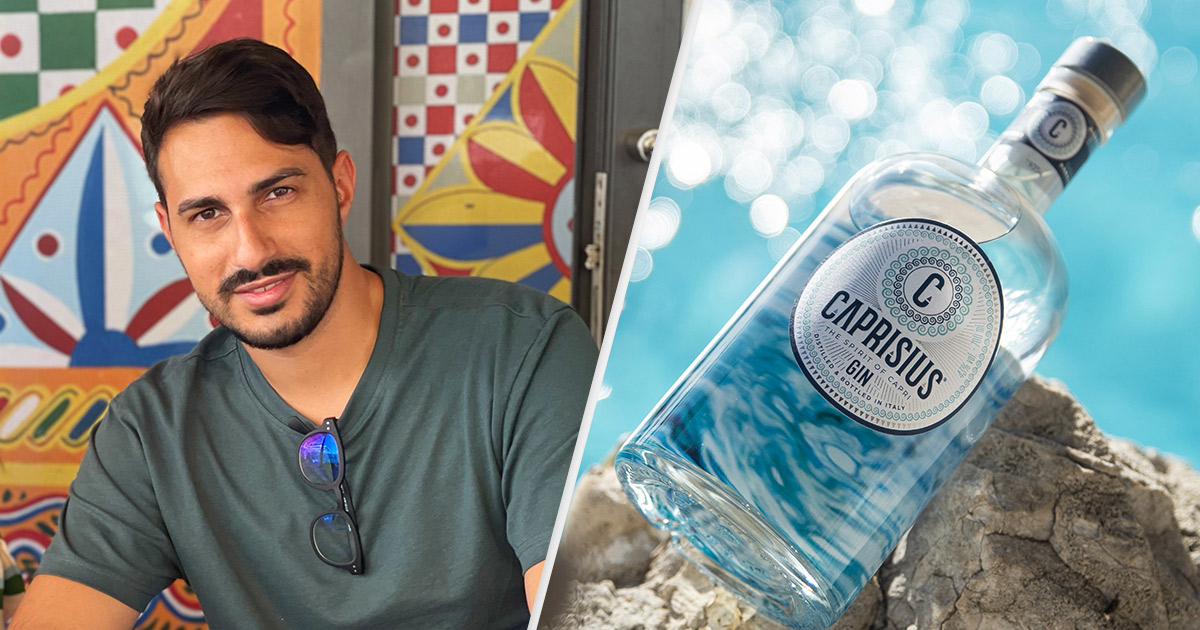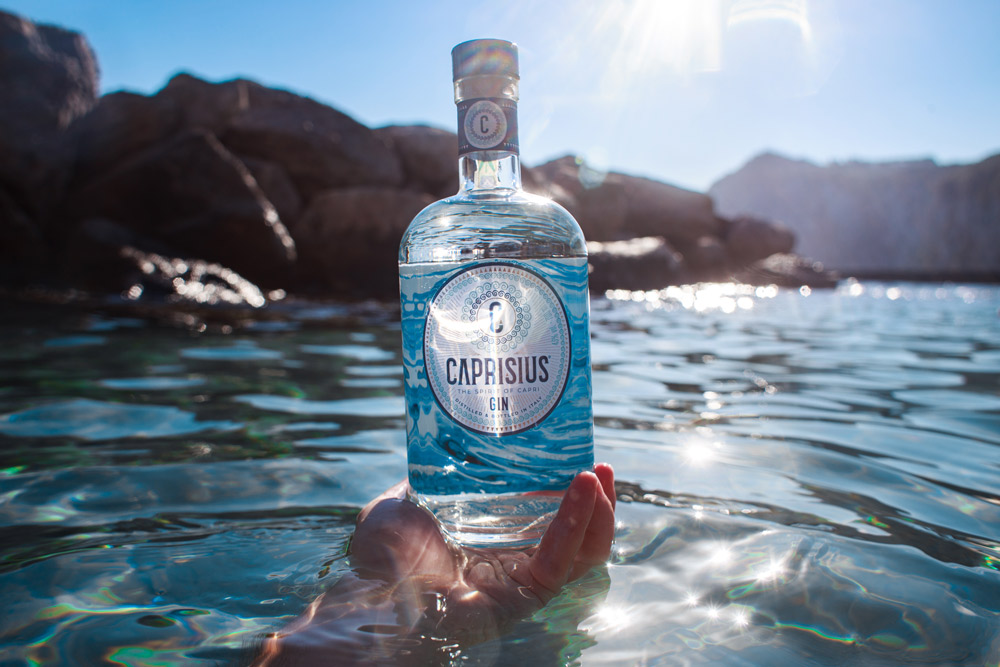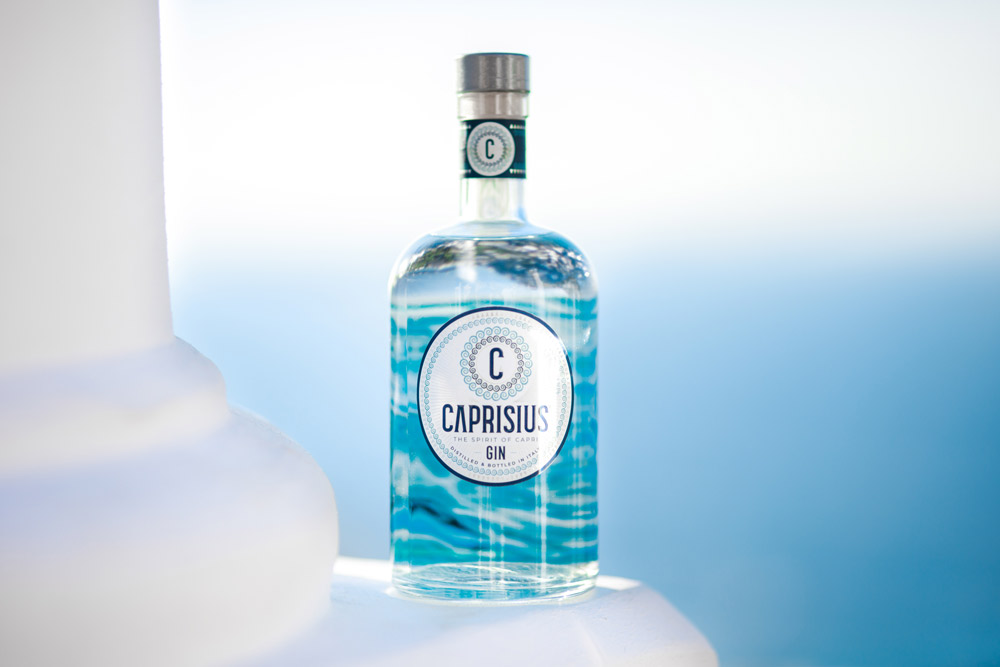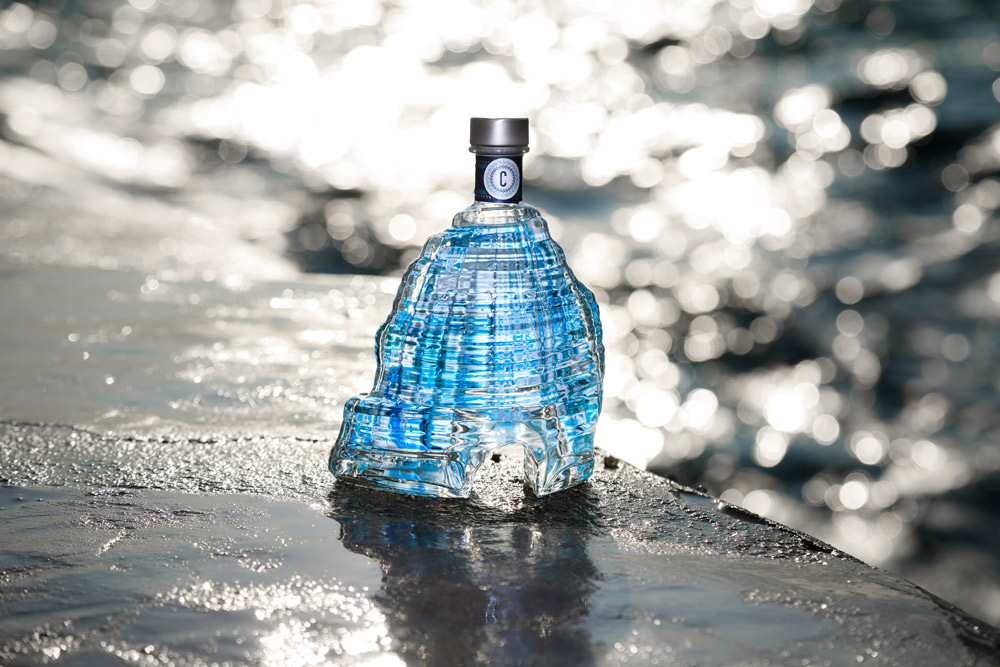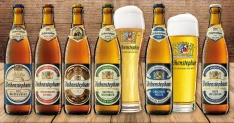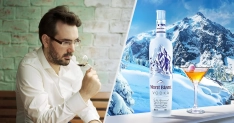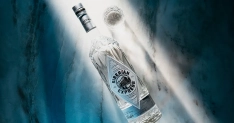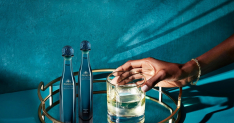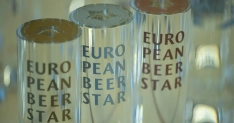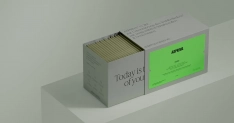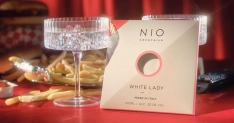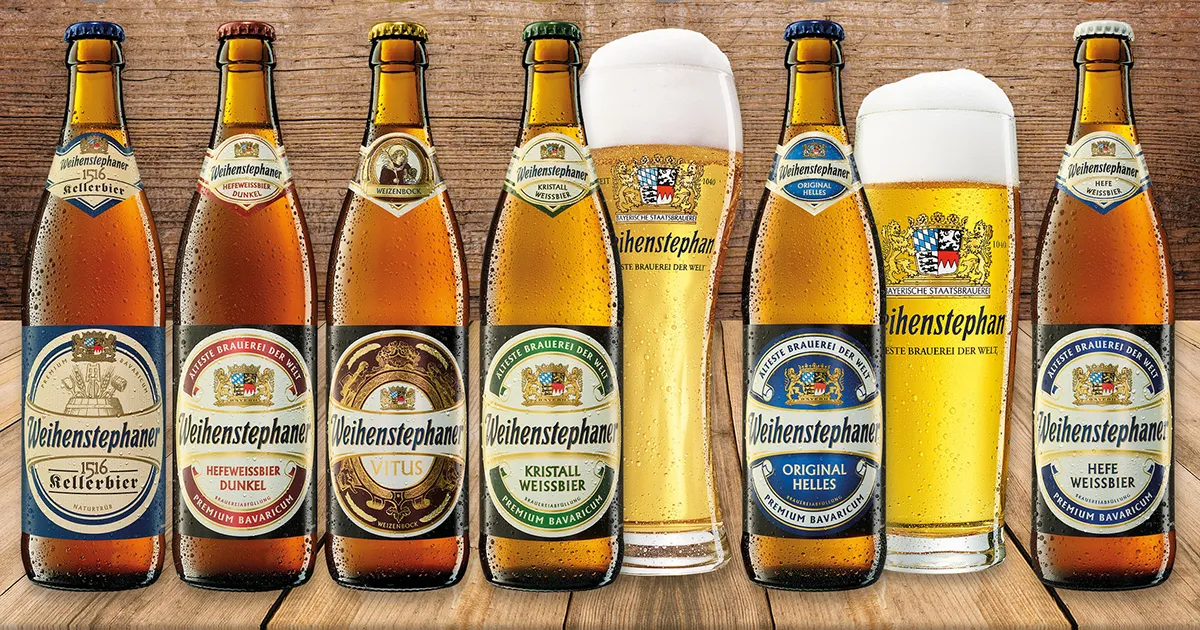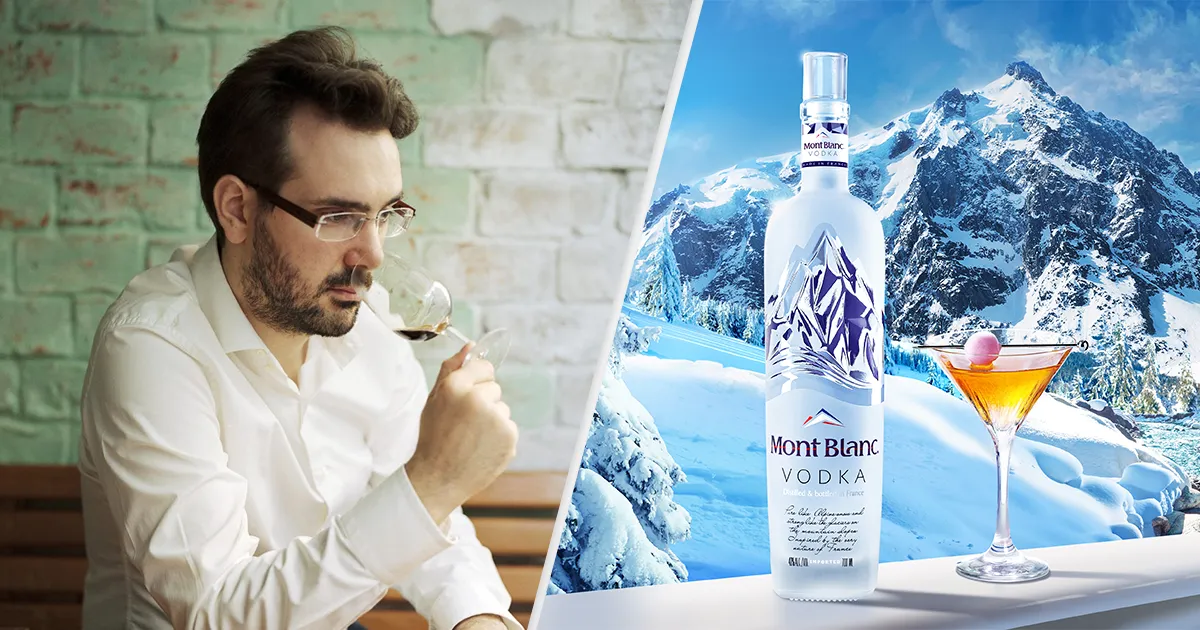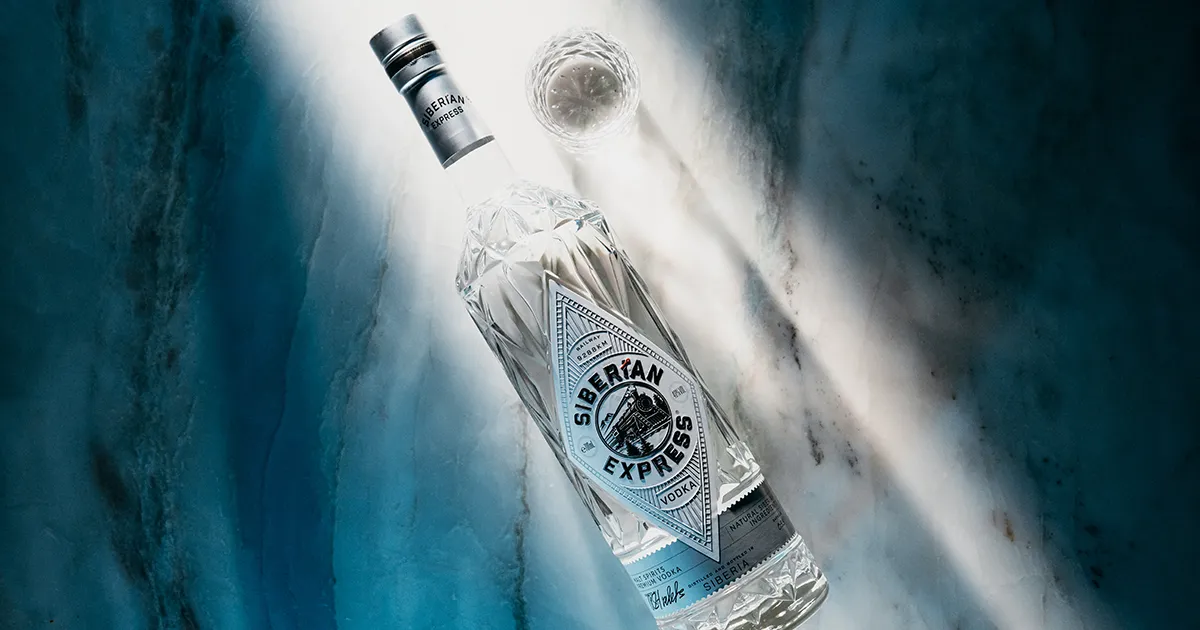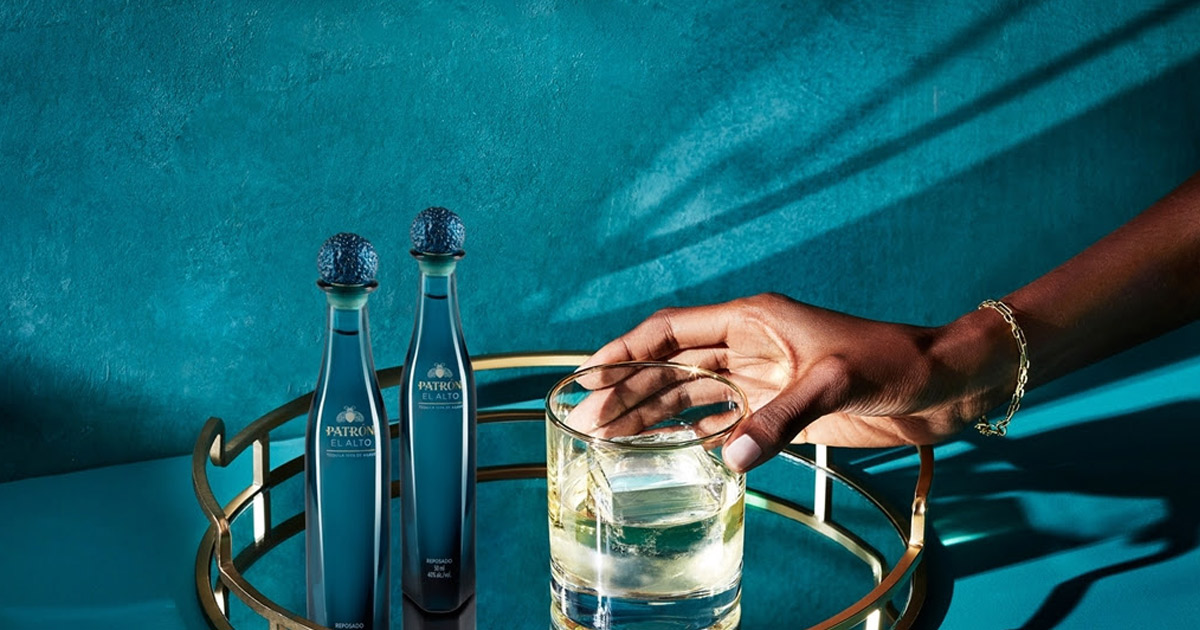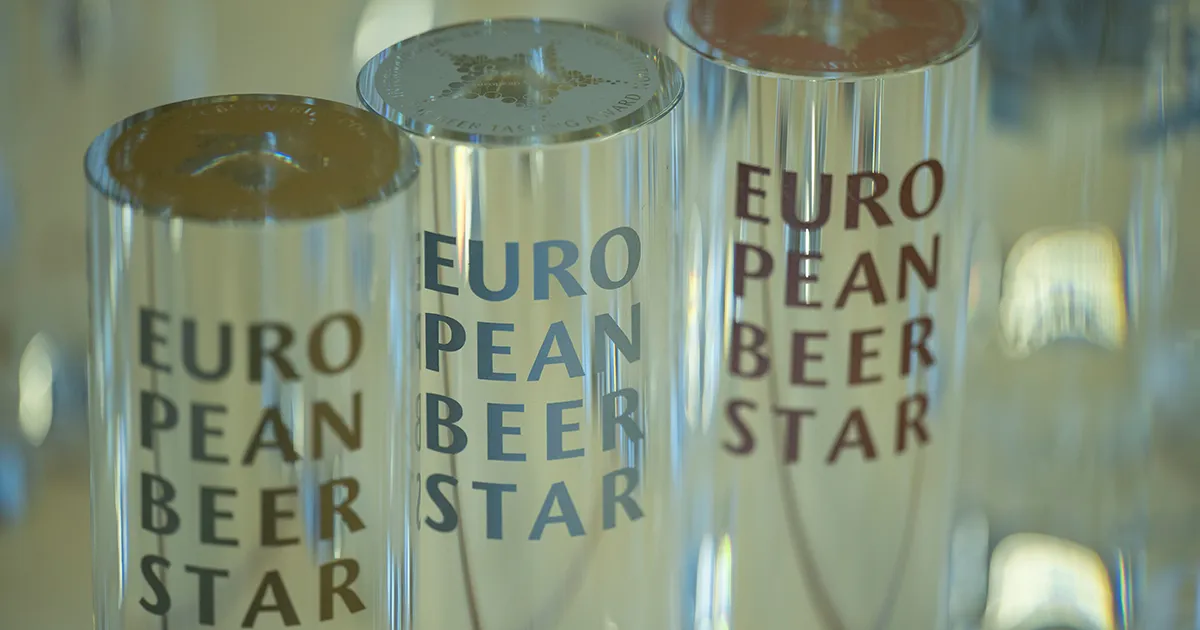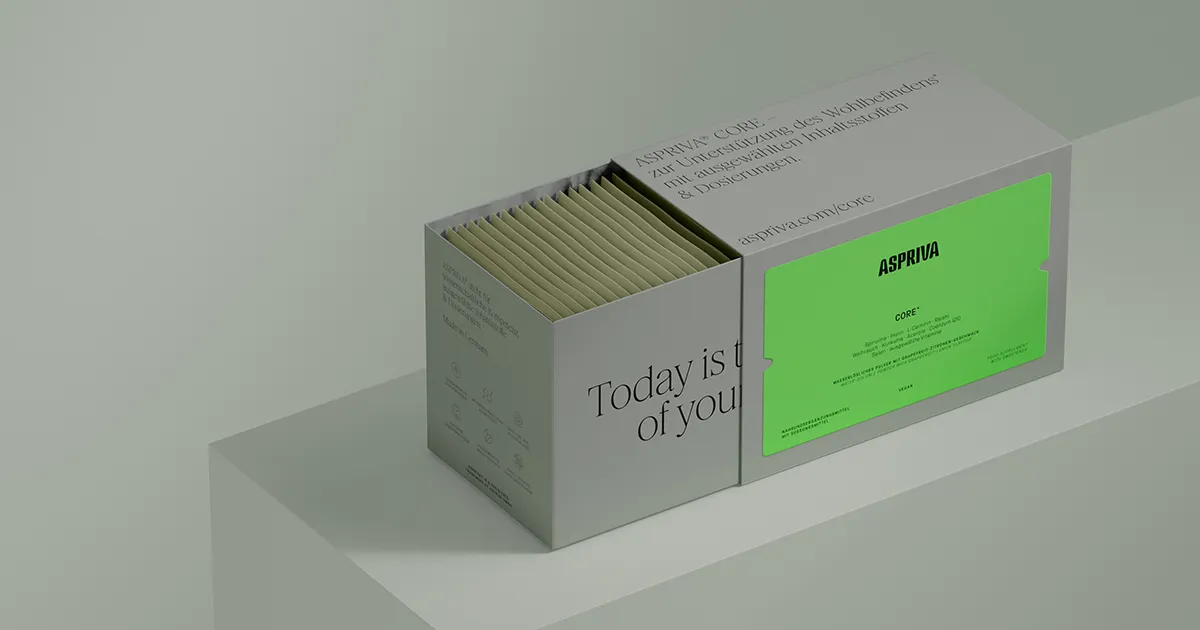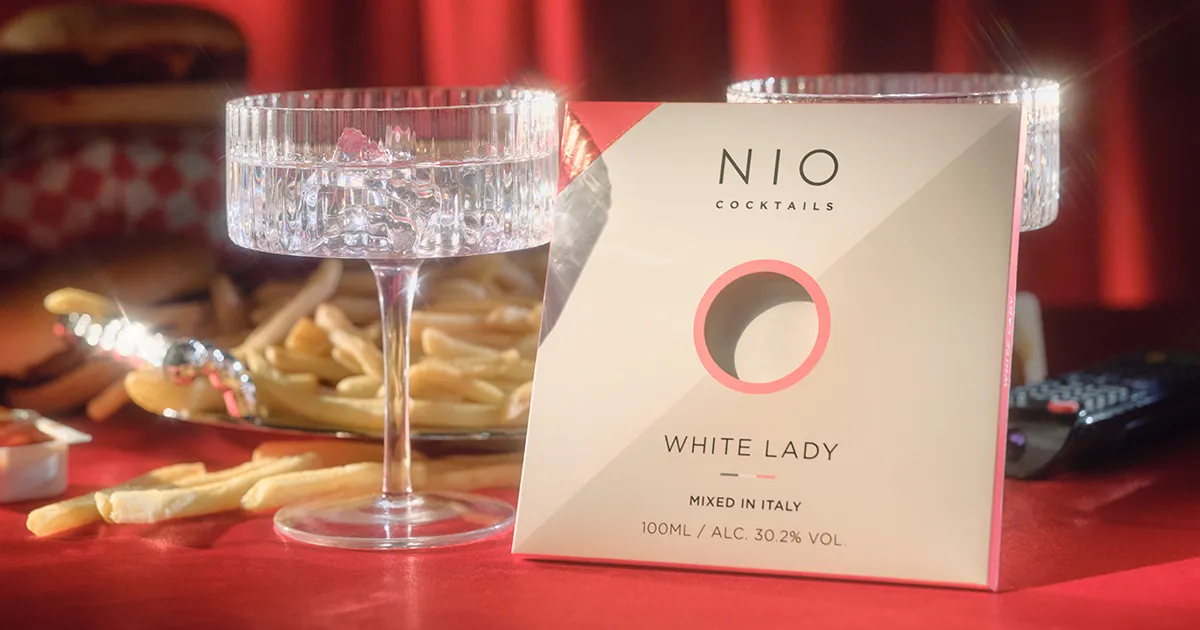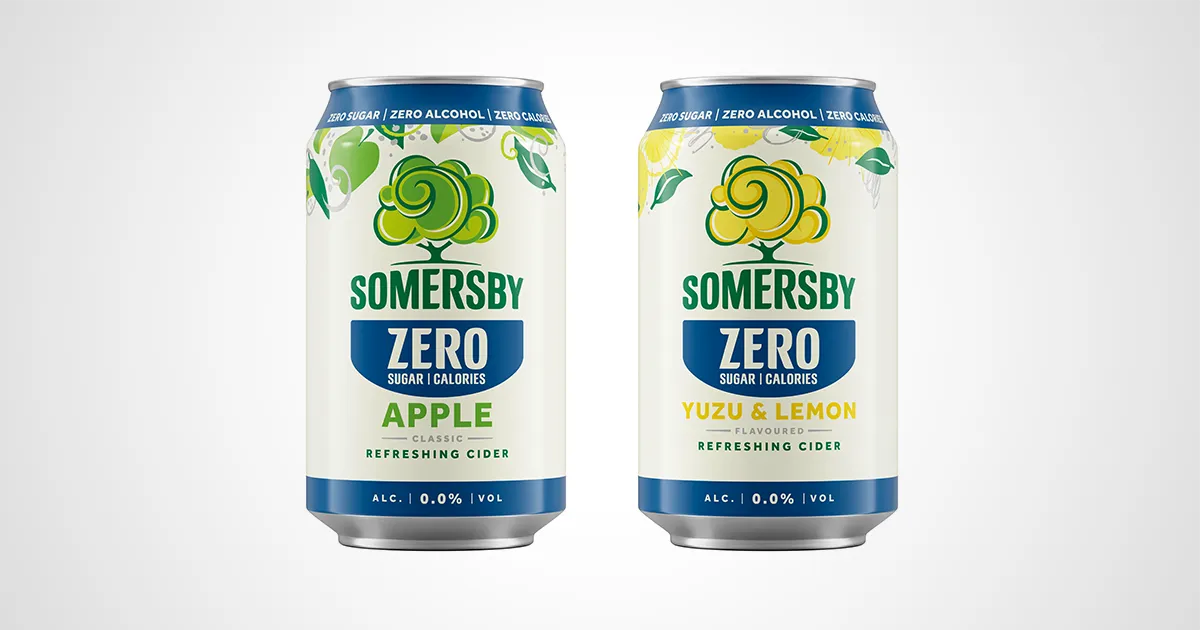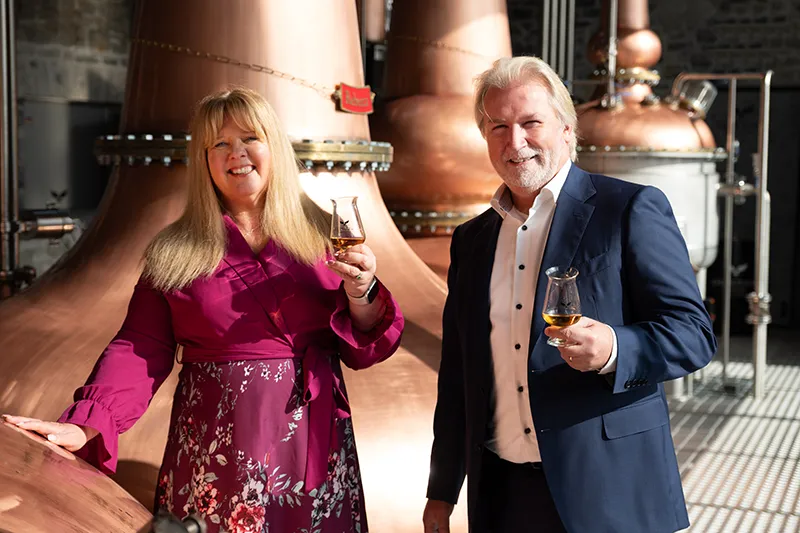Caprisius Gin: Founder Luca Stabile about the official gin of the island of Capri
Caprisius Gin by Luca Stabile creates the perfect marriage between land and sea. The official gin of the island of Capri is made with local botanicals such as juniper, thyme, marjoram and lemon, picked on the island, and sea salt. In addition to the standard bottle, there is a special edition in the shape of the Faraglioni rocks – the island’s landmarks.
For about-drinks, Sandra Geiger, Founder of Sparkling & Style, spoke with Luca Stabile, the founder of Caprisius Gin, about the genesis of the gin, the connection to the island of Capri and the special edition.
What is the story behind your Caprisius Gin?
Luca Stabile: I was born and raised in Capri, in a family that has always been from the island. I originally come from the fashion industry – my family has run a Capri-style clothing shop in the Piazza in Capri called La Parisienne for 120 years. I love my island and wanted to create a product that really connected with it. I wanted to create something of my own that goes beyond the family business.
The name Capri is used – and abused – a lot and there are very few products that bear the name and are really associated with Capri. For this reason, I decided to make my own gin. My passion for gin and the all-round personalisation of this distillate were the main drivers for my own project.
I saw so many new gins being created and many of them were of a very low standard. For this reason, I took the opportunity to tell people about my area through this distillate. I already had an idea of what botanicals I wanted to use, but I needed to find a distillery to make it. I approached several companies suggesting the use of flavourings, but only one distillery ultimately came to mind because of their experience in using high quality ingredients.
When I started the project, I had already moved to Milan, where I still live. I have now made Caprisius 100% my profession and I am very pleased with its success. Now it is the official distillate of Capri: the first place to taste it was the Gintoneria of the Punta Tragara Hotel. The next launch event then took place in Milan at the Plan X Art Gallery. The idea of uniting art and distillation was great.
The bartenders are often convinced, but so is the audience. It was a great satisfaction when the company Plose, producer of the new line of Alpex-Tonics, chose our gin for their fairs in Italy … in fact, the gin and tonic salted with Caprisius was the most requested. Later, I would like to create more liqueurs dedicated to Capri, only from local raw materials, of course.
How did you develop the recipe for Caprisius Gin?
Luca Stabile: The first thing I decided on was the botanicals. Of course, juniper could not be missing and we managed to use partly Capri Juniper mixed with the best quality of juniper in the world handpicked in Tuscany. In particular we use The Phoenician juniper that grows on the path of the Fortini, on the cliffs, and therefore contains the aromas imparted by the sun and the sea breeze.
I then wanted to use the island’s lemons, which are also a basic ingredient in many of our typical dishes. Speaking of typical, I added thyme and marjoram, herbs that also grow in our small vegetable garden. Finally, since Capri is an island and we are basically sea dwellers, the Caprisius Gin had to represent the meeting of land and sea, so a small amount of sea salt was added to give the pleasant spiciness that characterises the gin.
I used only a few botanicals because I wanted each one to retain its own identity and be distinguishable. Marjoram is an important ingredient in one of the island’s most typical dishes, ravioli capresi. Thyme, on the other hand, is used in many main dishes and also in a variation of the famous Caprese salad. Of course, salt is also one of the most important ingredients in cooking, and since it adds that certain something to the flavours, it can also provide great satisfaction in mixing. Salt is the element that breathes life into the personality of Caprisius Gin.
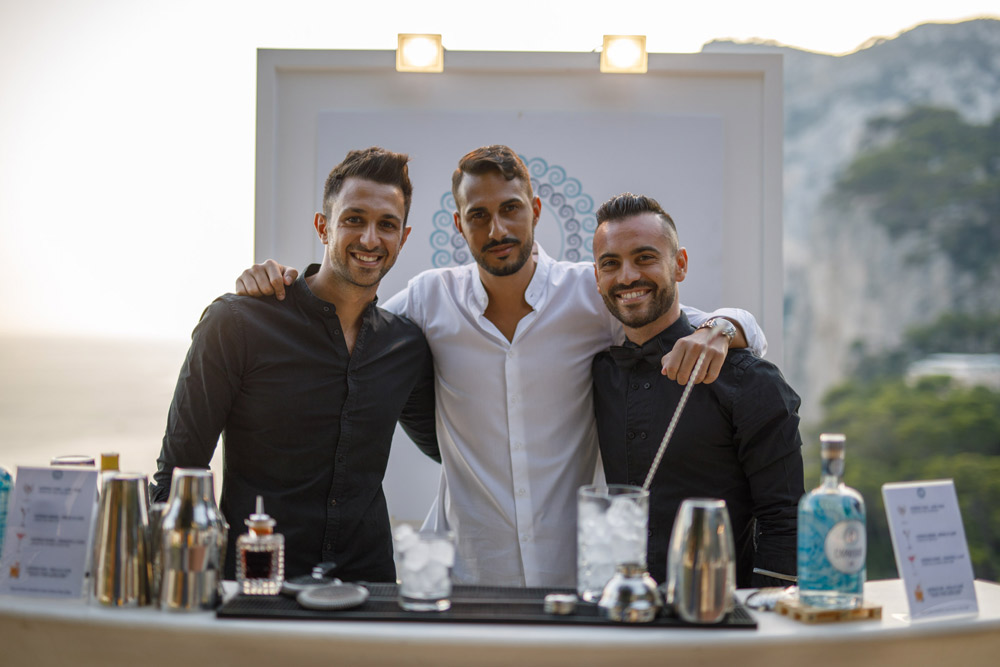
Luca Stabile (center) at the launch event of his Caprisius Gin.
How is Caprisius Gin produced?
Luca Stabile: Distilleria Quaglia refined my idea and achieved a balanced result by processing the botanicals I collected, dried and sent to them using the distilled method.
The four botanicals are macerated separately in alcohol for a period of ten to fifteen days. Thyme and marjoram are infused in lower strength alcohol to better preserve their aromas. Each infusion is then distilled separately and then the four distillates are combined according to the right balance. Finally, everything is blended with salt water and filtered to ensure that no sea salt remains.
Balancing the salty component correctly was the most complex part, because among the many tests the distillery has developed, only one fully represented my idea of Caprisius and makes me want to try it again and again. On tasting, the palate is immediately enveloped by the spiciness of the gin, which then gives way to the herbaceous notes of thyme and marjoram, finishing with the freshness of lemons. Like the experience of a visitor, first from the Faraglioni rocks, enveloped by the sea breeze and then through the streets of Capri, amidst the scents and flavours of our island.
Not only the recipe of Caprisius Gin has a connection to the island of Capri, but also the name and the packaging. In what way?
Luca Stabile: Yes, every aspect of the brand represents the style of Capri. The label reproduces the effect of seawater and its colours are a mix between those of the waters of Grotta Verde and those of Grotta Azzurra, iconic and breathtaking places. Light blue is also the main colour for other reasons: not only is Capri called the Blue Island, but it also evokes a faunistic peculiarity, the blue lizard, which lives only and exclusively on the Faraglioni of Capri. The white background, on the other hand, is reminiscent of La Fontelina, which is now a beach club but used to be the place where women hung their linen fabrics ( because at one time linen was produced in Capri) in the water, dabbing the whole area with white.
The motive around the lettering represents the connection between land and sea that I was talking about. Indeed, the curved figures imitate the waves, while the triangles symbolise the land and are silver in colour in reference to the season when the chimneys appear silver. In fact, the view of the island is never the same at different times of the year, but I chose silver in memory of the poet Pablo Neruda, who referred to the Faraglioni rocks as “The Silver Guardians”. So I wanted to enhance the island by paying homage to them and underline the added value that the beautiful sea gives it.
In fact, behind the label you can read a hymn to Capri that I wrote to express my love for my island.
Choosing the name was also a challenge. Obviously, “Capri” cannot be registered, so I did a search to find suitable references. Since I didn’t want to choose a name that was too sectoral and therefore had a reference that you couldn’t immediately grasp, I looked for a word that had Capri in it. So I delved into the history of the island and chose a name that recalls its connection to ancient Rome: Caprisius, in memory of the time when the emperors Augustus and Tiberius chose the island as the seat of government for the Roman Empire. I was very fascinated by this study because it showed me that Capri has always been considered a safe place where you can express your personal freedom without being judged. This is reflected in the Capri style and eccentricity that many visitors silently flaunt.
It is not for nothing that the Piazzetta is called “window of the world”, because it seems to be a big stage on which people parade, often showing great extravagance, but also great class and elegance. Important personalities from all over the world have positively influenced the island with their presence; to give just one example, Oscar Wilde was attracted to these places. The influence is not only cultural, in fact many people have planted plants from their countries of origin in the gardens of Capri, contributing to the increase of biodiversity on the island, but for the gin I preferred to choose only those that are truly autochthonous.
From recipe to packaging, it took over a year and a half to develop. It took a lot of time, especially the creation of the special edition 50cl bottle that has the shape of the stacks.
Tell us more about the special edition!
Luca Stabile: As Caprisius is the official gin of the island of Capri, we couldn’t help but create a jewel bottle that represents the true symbol of Capri, the Faraglioni rocks. Our idea was to create a product that was different from the other products already on the market – in terms of packaging.
To launch the special edition and highlight the aesthetics of a bottle that follows the shape of the Faraglioni, the producers have created a real story with a commercial that aims to highlight not only the beauty of the island but also the creativity of its inhabitants. Indeed, it is no coincidence that the protagonist of the commercial is a real Capri artisan who, with his white beard, like a modern Hephaestus, shapes a block from which the special Caprisius gin bottle is made.
The video, with theme and direction by Simone Di Martino and photography by Peppe De Muro, has been released across social channels and on the Caprisius website since this weekend and has achieved a boom in views. The artistic cast includes Antonio Parlato and Asia Mandrelli.
Where can you try Caprisius Gin in Germany and where can you buy it?
Luca Stabile: We launched our first promotion in Germany in May 2021 and introduced the Caprisius Gin at Brenner Bar & Restaurant Operngrill in Munich.
Hung Nquyen, the bar chef, was very excited about the gin. He told us: “The bottle looks Mediterranean and elegant. But that’s not the only thing that distinguishes this gin. It has a light herbal note with citrus and a little salt. After the first tasting, I can say that it tastes mild, fresh, crisp and a little salty – which of course is part of a gin from Capri. It has a good mixability and is perfect for dirty gin martinis but of course also for a gimlet or gin and tonic. We will also be offering these exceptional gins to our guests for tasting in the coming weeks.”
Book a table at Brenner Bar & Restaurant Operngrill Munich during these times and ask for my unique gin and get an idea of the extraordinary taste yourself.
Of course, you can also contact Martin Rederlechner who is the Sales Manager of Caprisius Gin in Germany, to find out more about this unique gin: martin.rederlechner.mr@gmail.com.
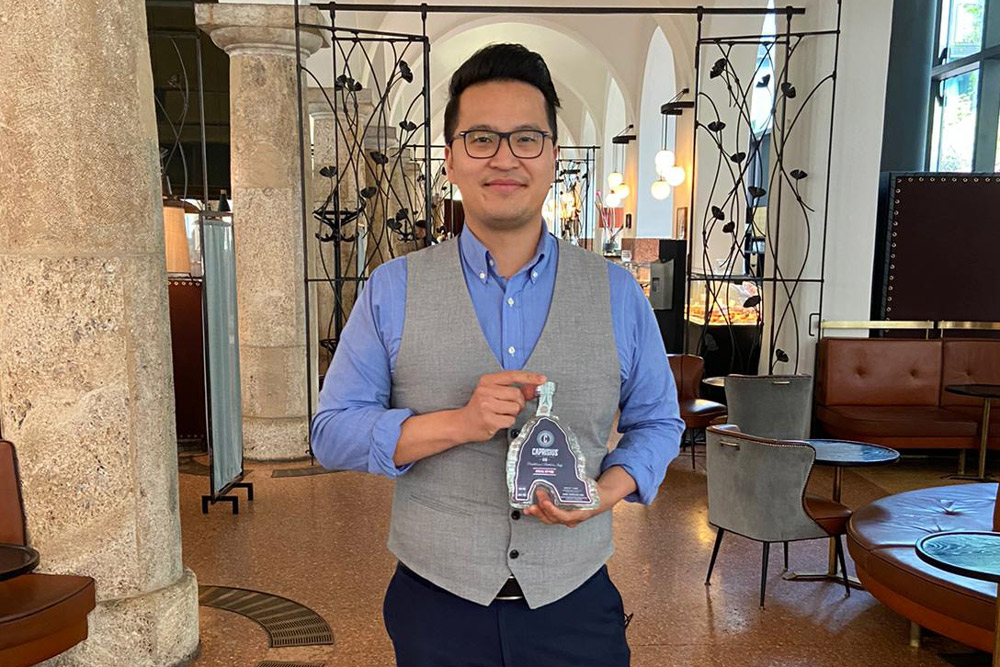
Hung Nquyen, Bar Manager at Brenner Bar & Restaurant Operngrill Munich, with the special edition of Caprisius Gin.
Time to mix: What is your favourite cocktail with Caprisius Gin?
Luca Stabile: My favourite cocktails are the Martini and the Negroni (they made me a fantastic Smoked Negroni with Caprisius Gin!). In general, I love gin-based cocktails, Hanky Panky, Gin Sour and so on. I also like gin and tonic in different ways.
Flair Academy Milano created a cocktail list with Caprisius Gin that is phenomenal, but they are more elaborate drinks that are hard to replicate at home. Of these, I love Stella di Capri and Sunset:
Caprisius Star – The star of Capri
- 3,75 cl Caprisius Gin
- 1,5 cl Elderflower Liqueur
- 0,75 cl Lychee liqueur
- 2 dashes Angostura bitter
Shake with ice and strain into a tumbler glass with ice. Garnish with lemon peel and cocktail cherry.
Caprisius Tramonto – Sunset in Capri
- 3,75 cl Caprisius Gin
- 1,5 cl Cucumber liqueur
- 0,75 cl Bitter
Pour all ingredients into a cocktail mixer and add ice. Stir well and strain into a cold martini glass.
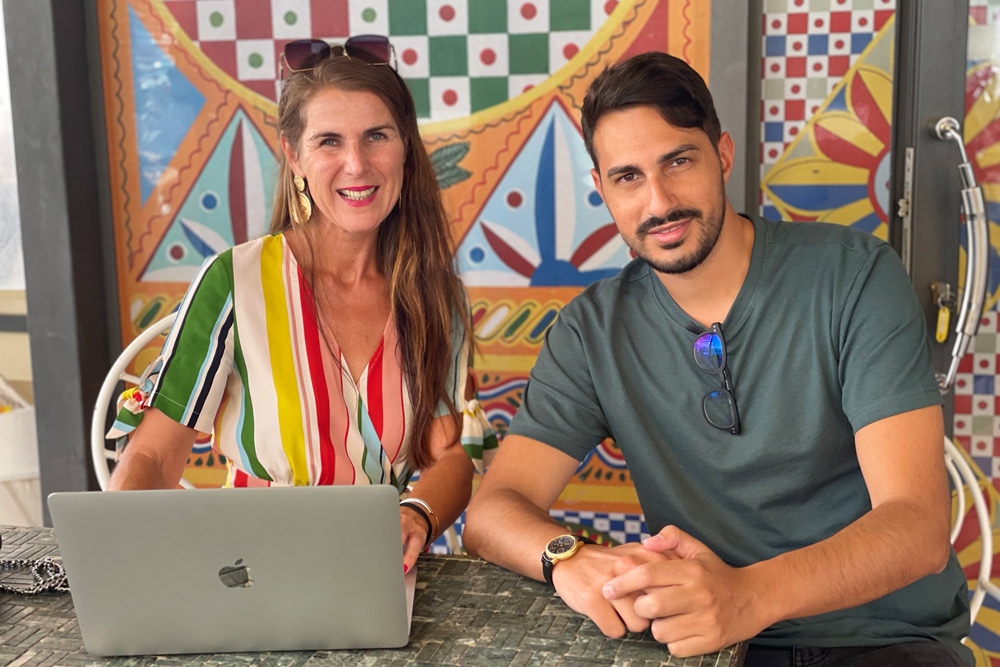
Sandra Geiger, Founder of Sparkling & Style, met Luca Stabile and spoke with him for about-drinks.
Caprisius Gin | caprisius.com | facebook.com/caprisius | instagram.com/caprisius_gin
+++ We thank Luca Stabile and Sandra Geiger for the open and very interesting interview and wish them continued success! If you have an interesting brand, then we should talk. Just send us an email with the subject “about-drinks interview” to redaktion@about-drinks.com – we look forward to hearing from you! +++

